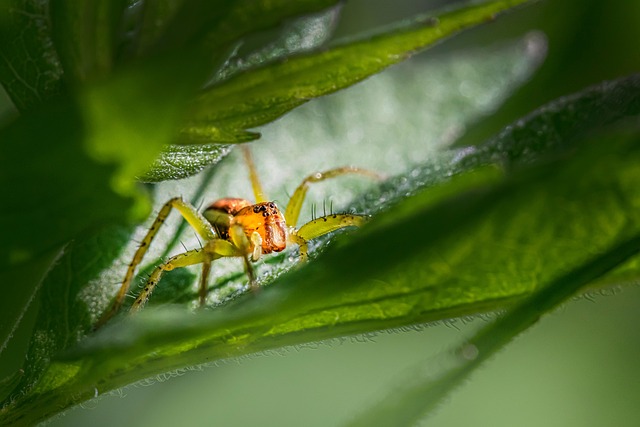Understanding squirrel behavior and identifying their tracks (small, round or oval imprints with 4 toes) is crucial for developing an effective exclusion plan in Centennial homes. Steps include sealing entry points, maintaining a clean yard, trimming tree branches, and regularly inspecting the area to adjust control measures based on activity. This approach helps protect properties from squirrel damage.
“Unwanted visitors can disrupt your Centennial yard’s harmony—squirrels, known for their agility and adaptability, often leave distinct tracks. Understanding their behavior is key to effective wildlife control. This guide equips Centennial residents with the knowledge to identify squirrel tracks, providing insights into these mischievous creatures’ habits. We explore exclusion techniques and a comprehensive step-by-step plan to help you take back your outdoor space. Learn how to keep squirrels at bay and reclaim your yard with our practical strategies.”
- Understanding Squirrel Behavior and Their Tracks: A Guide for Centennial Residents
- Exclusion Techniques: Effective Strategies to Keep Squirrels Out of Your Yard
- Implement a Comprehensive Squirrel Control Plan: Steps for a Successful Exclusion
Understanding Squirrel Behavior and Their Tracks: A Guide for Centennial Residents

Understanding squirrel behavior is key when creating an effective exclusion plan for your Centennial home. These small, agile creatures are often active during the day, especially in the morning and late afternoon, scurrying between trees and searching for food. They leave distinct tracks that can be identified by residents to help determine their presence and patterns.
Identifying animal tracks in your Centennial yard is a valuable skill. Squirrel footprints typically show up as small, round or oval-shaped imprints with four toes and a visible tail mark. Look for paths through vegetation or along fences where these tracks may accumulate, indicating frequent squirrel activity in the area. By recognizing their behavior and tracks, residents can better plan and implement exclusion strategies to keep squirrels from entering their homes or causing damage.
Exclusion Techniques: Effective Strategies to Keep Squirrels Out of Your Yard

Squirrel exclusion is a crucial aspect of wildlife control, especially for homeowners dealing with persistent squirrel invasions. The first step involves identifying animal tracks in your Centennial yard, which can be done by scrutinizing the ground for small, clawed prints and piles of droppings. Once you’ve confirmed their presence, employing effective exclusion techniques becomes paramount.
The most successful strategies involve sealing entry points, ensuring all gaps in walls, attics, and foundations are closed off. This includes using wire mesh, steel wool, or commercial squirrel proofing materials. Additionally, keeping your yard clean and free of debris reduces hiding spots and food sources, making it less appealing for squirrels to linger.
Implement a Comprehensive Squirrel Control Plan: Steps for a Successful Exclusion

Implementing a comprehensive squirrel control plan is crucial for effectively managing and excluding squirrels from your Centennial yard. The first step involves identifying animal tracks, which can be done by scrutinizing the ground for distinct patterns left behind by squirrels. Look for small, clawed prints in straight or zigzag lines, indicating their paths as they forage for food and navigate through your yard. Additionally, pay attention to chewed tree trunks, bark scraps, and broken branches—all signs of squirrel activity.
Once you’ve confirmed the presence of squirrels, a successful exclusion strategy can be devised. This includes sealing entry points by using metal mesh or wire to cover vents, gaps in siding, and other potential access points. Ensure all openings are secure, leaving no chance for squirrels to enter. Furthermore, trim tree branches that overhang structures, reducing the ease with which squirrels can jump or climb onto rooftops. Regularly inspect your yard for any new tracks or signs of activity, adjusting your control measures as needed.
Understanding squirrel behavior and tracking their movements through identifying tracks is an essential first step for Centennial residents aiming to implement effective wildlife control. By combining this knowledge with proven exclusion techniques, you can create a comprehensive plan to keep squirrels from infesting your yard. Following the outlined steps ensures a successful and humane solution to this common pest problem, allowing you to enjoy your outdoor space without unwanted four-legged visitors.
